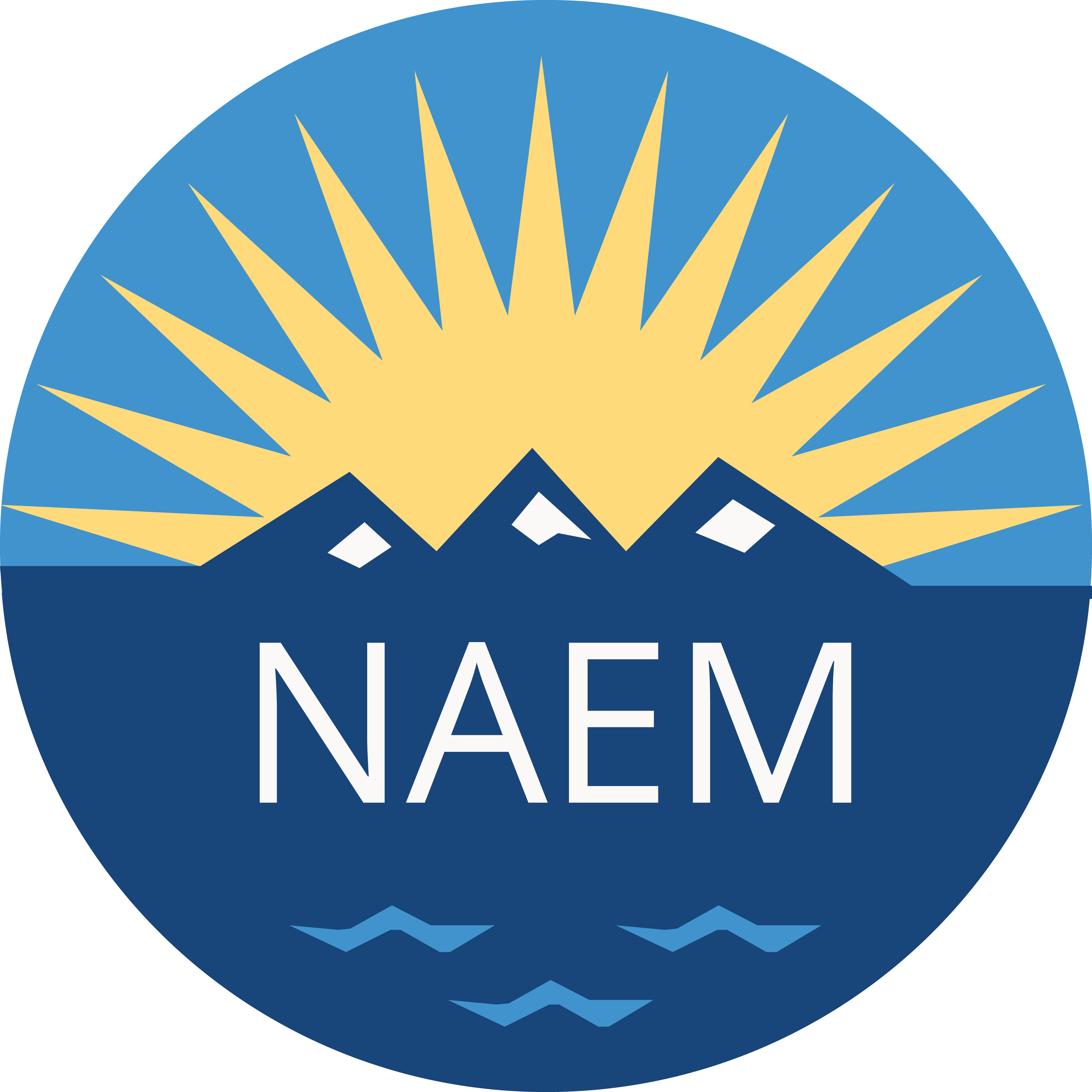Practicing Sustainability in the Real World
By Kate Even Sustainability Communications Intern at AMCOL International Corp.
Sep 9, 2013 2:45 PM ET
Campaign:
The Green Tie blog

When I first arrived at AMCOL International Corp. to begin my summer internship working on sustainability communications for the environment, health and safety (EHS) department, I set ambitious goals for myself. I thought I would be able to come in, tell them what they needed to do to advance their sustainability program and we would be on our way. I quickly learned that it doesn’t work that way in the real world.
Lesson #1: Compliance comes first: As an Earth, Society and Environmental Sustainability major at the University of Illinois Urbana-Champaign, I have taken a diverse mix of courses ranging from ‘Society and Climate Change’ and ‘Humans and the Food Web’ to ‘Natural Resource Management’ and ‘Sustainable Business’ . This diverse training has given me great exposure to a range of issues but none of them even mentioned the role of compliance, which is the whole background. I’ve never even seen a possible course that we could take around compliance for environmental issues, so I was completely unaware of all of the legal and compliance issues that companies have to think about. After spending the past few months with the team at AMCOL, I’ve learned that you can’t be sustainable without having that compliance background and having a company culture that’s very focused on meeting environmental expectations.
Lesson #2: Change happens slowly: Things take a lot longer in the workplace than you expect them to. I’ve done projects in school where we write ‘proposals’ for companies to implement wind power and it’s something where you finish a project like that and you think, ‘Wow! Why don’t all companies do this?’ And then I got here and I realized that while the company has very adaptive programs in place and is willing to take on the sustainability challenge, it still takes time and effort and participation from so many groups. Publishing an external sustainability report is really the cherry on the top of the cake after you have all of the programs in place. This summer, I’ve been working on collecting and summarizing the company’s programs on energy efficiency, wellness and things like that. We plan to publish this information as a brochure that investors can use to learn more about our EHS activities. It also will be a valuable tool for our sales force as they interact with potential clients. It will help us to have the information in one central location, which will help us take the next step when the time comes.
Lesson #3: There’s no right answer…and that’s a good thing: One of the things I’ve enjoyed about working on the EHS team is that I’ve had a lot of freedom. In school we get a project that has a right answer, but in business, it’s very open-ended. I love creative projects and it’s exciting to know that there is more than one way to get to the end goal. It’s also nice to know that I can impact an organization and if I have the opportunity to try all of them, I’m bound to make a good change.
Lesson #4: Initiative is rewarded: One of the projects I’ve enjoyed working on is an idea I came up with to engage employees around our sustainability activities. We did this by designing stickers that highlight a sustainability fact about AMCOL’s products or processes and then challenges employees to contribute to the effort. It asks people to look at their own work and ask themselves how they can be a better leader? How can you be safer? How can you reduce your carbon footprint? These stickers are going to be distributed at our facilities around the world near light switches, recycling bins and other places in the workplace where employees will readily see them. It’s part of the launch of a new website that I’m working on for our page. I’m also partnering with innovation to see what opportunities we have with them. It’s very much across the board but it’s all of the preliminary stages for a big effort behind sustainability at AMCOL.
Looking back on your own experiences, what were some of the first lessons you learned about environmental management when you first entered the workforce?
This article originally appeared on NAEM's Green Tie blog.

